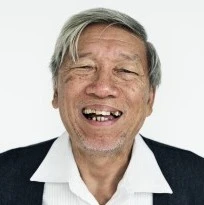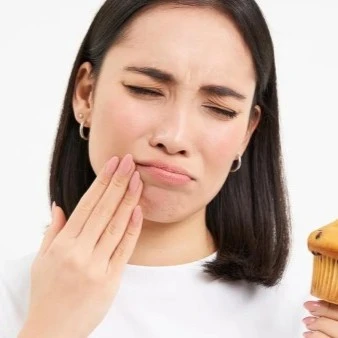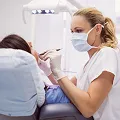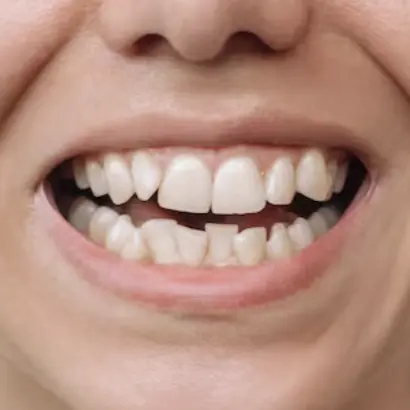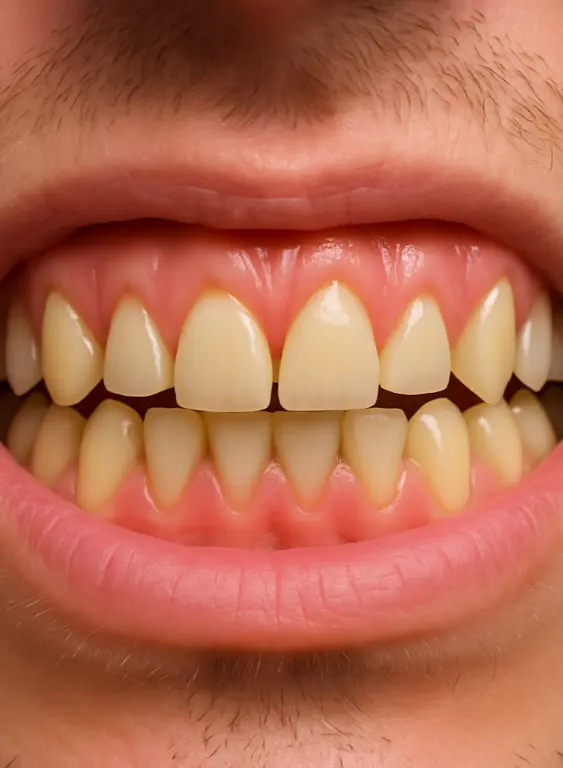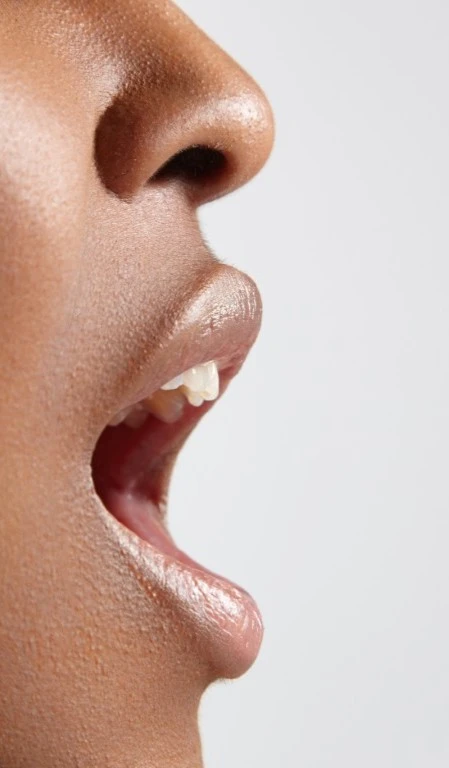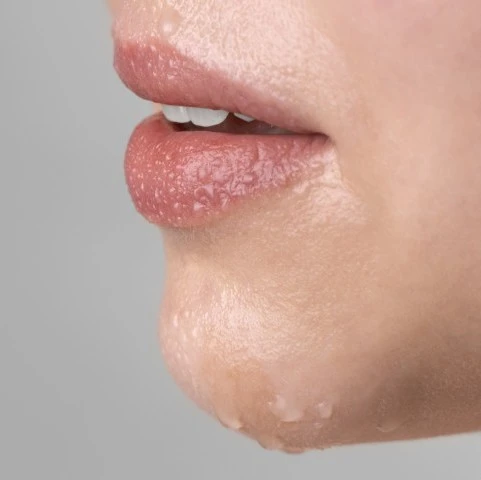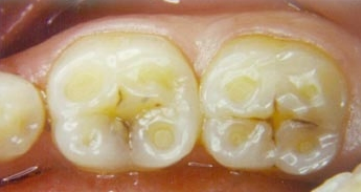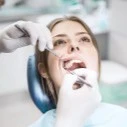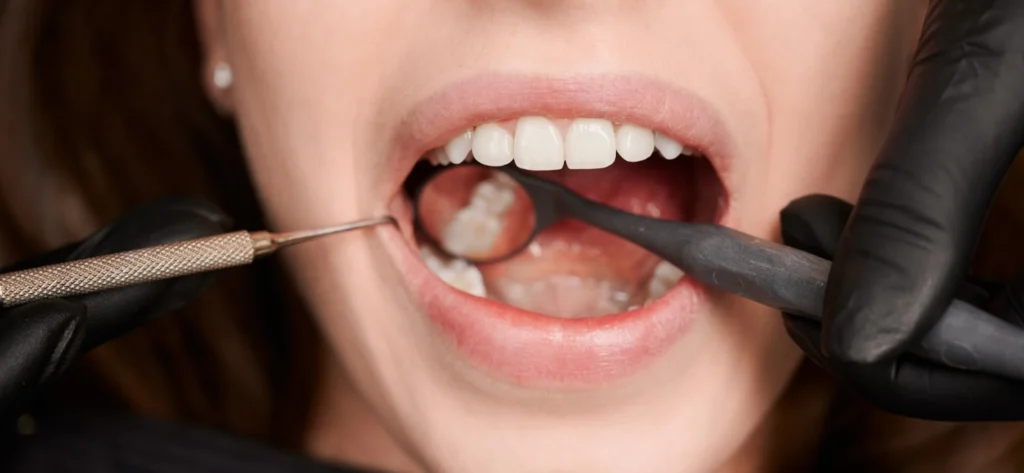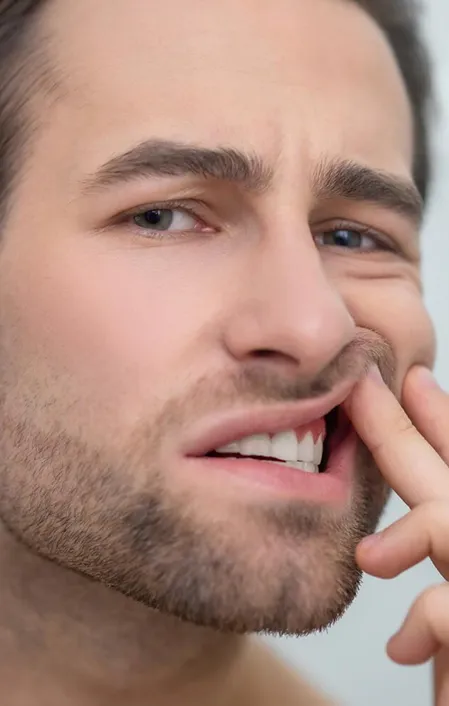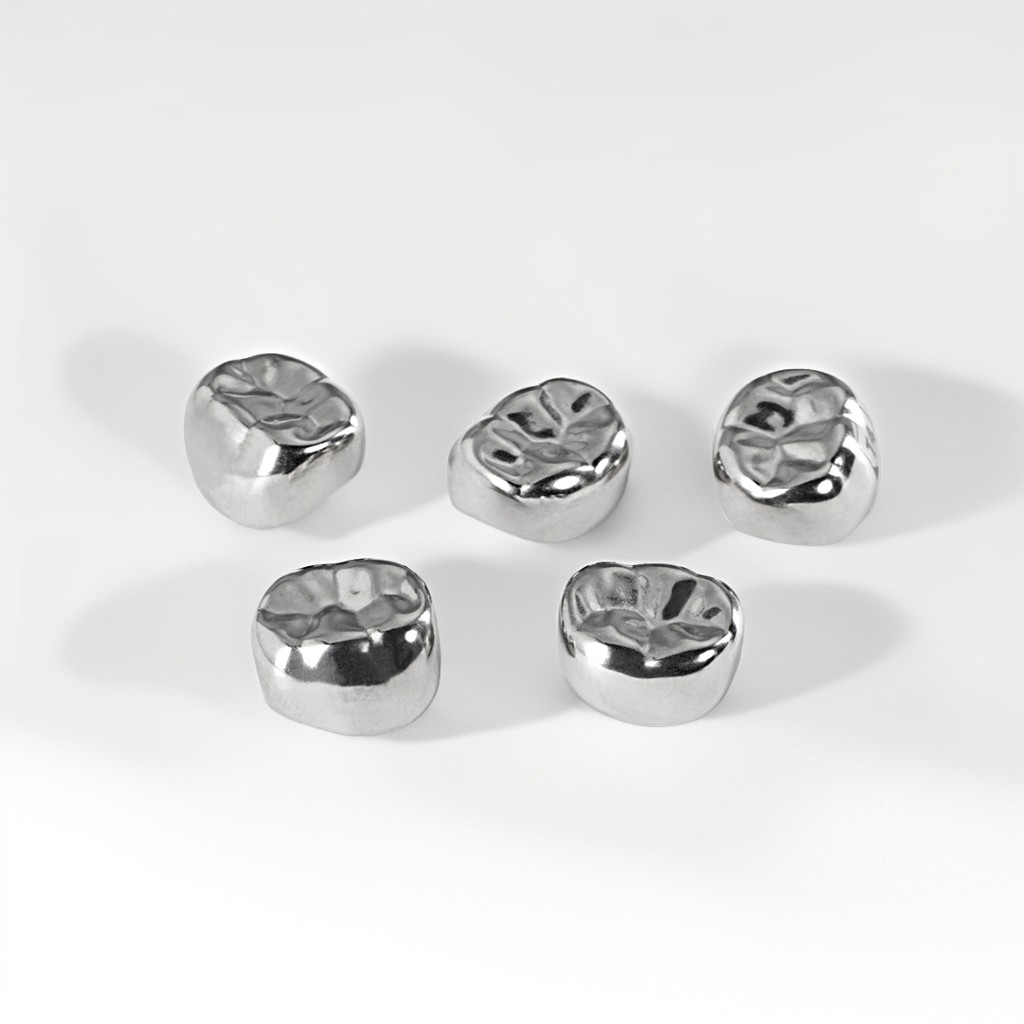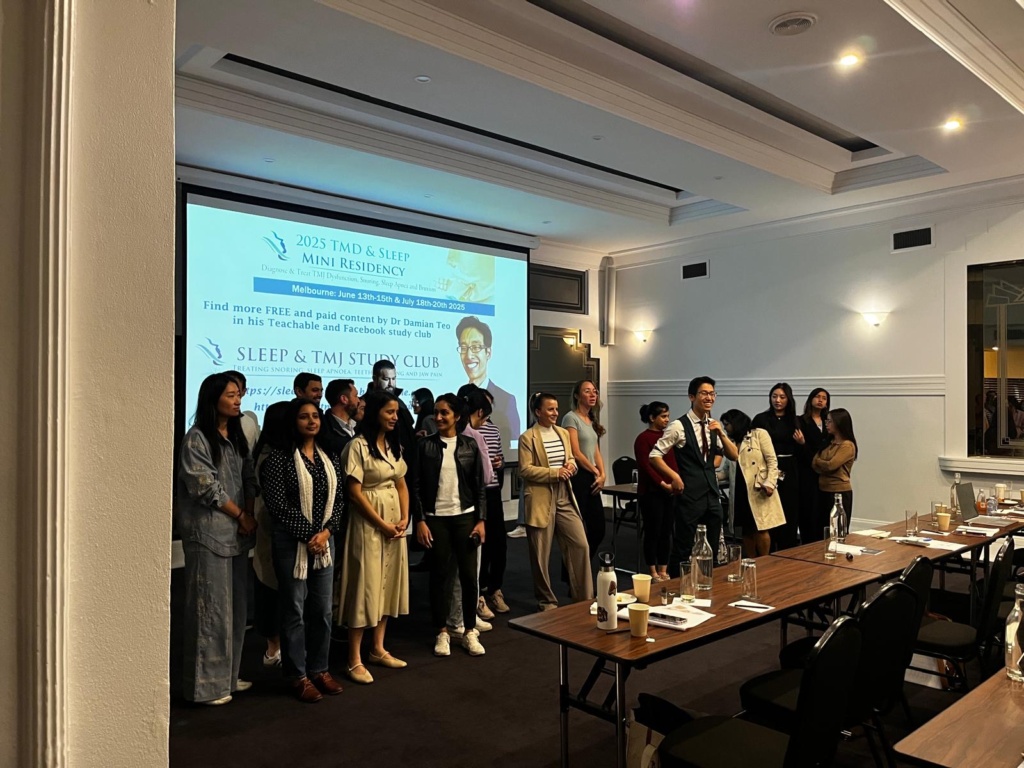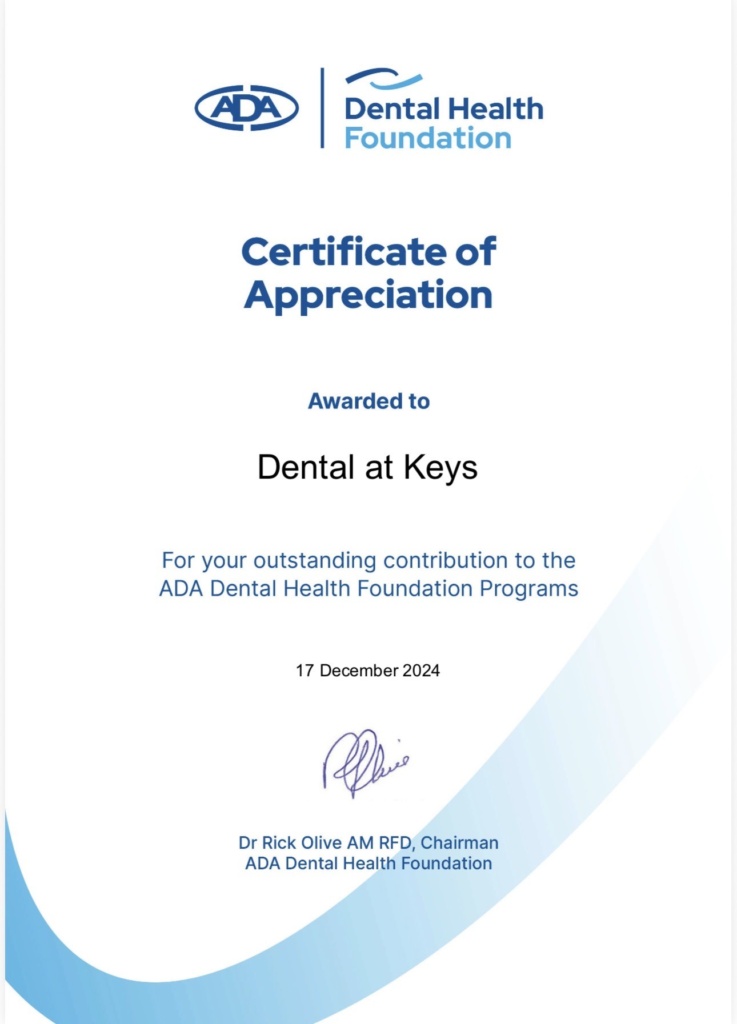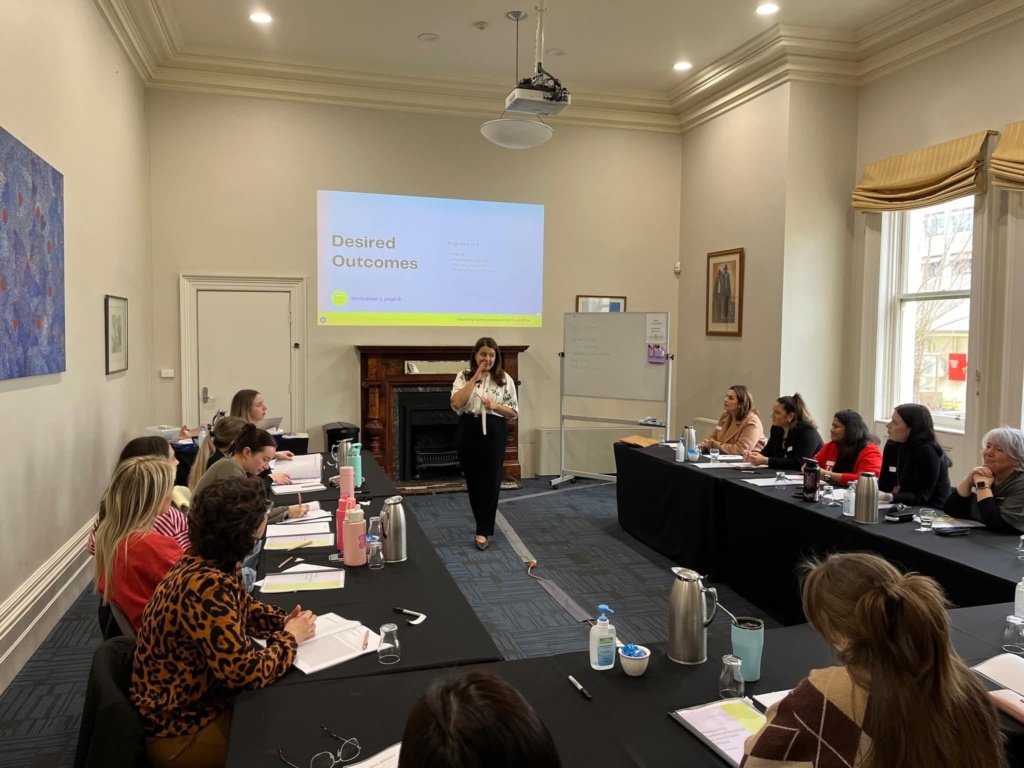
Why would I need a tooth removed?
Tooth extraction is a surgical dental procedure where a tooth (or teeth) is removed from its socket in the jawbone. While it’s common to feel anxious about having a tooth removed, teeth extractions are often necessary to protect your oral health when a tooth is infected, damaged, severely decayed or posing a risk to your oral health.
Tooth extractions are a common dental procedure – so much so that everyone generally has had one tooth removed at some point in their life!
Signs you might need a tooth extraction
Infection
The most common reason to have your tooth removed is due to a tooth infection. Not every tooth can be saved with a root canal and some patients choose to have the tooth removed anyway.
Severe tooth decay
Sometimes the decay is so bad that we are unable to restore (fill) your tooth. This means our only option is to remove it.
Advanced gum disease
If your gum disease progresses to the point where your teeth are very loose and sore to chew on – a tooth extraction may be one of the only options to prevent this discomfort.
Impacted Wisdom Teeth
Impacted wisdom teeth do not have enough room to come out of the gum and are poorly angulated. They can cause infection to the surrounding teeth and gum.
Trauma or Injury
A severely broken or fractured tooth may not be able to be saved.
Risk to your Oral Health
Sometimes, teeth may need to be removed to reduce the risk to your overall health. For example, if you are undergoing radiation therapy for cancer, the teeth with the worst prognosis are removed to prevent the future need for extractions. This reduces your risk of jaw bone problems such as osteonecrosis of the jaws.
Orthodontics
Occasionally, severely crowded teeth need to be removed in order for us to align your teeth better. We always try to avoid this option if possible, as removing teeth for this reason can result in more problems.
Types of tooth extractions
Tooth removal can be categorised into 4 broad types in Australia.
Simple Extractions
A straight forward removal of your tooth, generally with the use of local anaesthesia. Simple, everyday dental extraction instruments such as an elevator and forceps are used.
Sectional Extractions
Tooth removals which require the tooth to be divided into a few sections prior to it’s removal from the jaw bone.
Surgical Extractions
Removal of a tooth or tooth fragment where an incision and the raising of a mucoperiosteal flap are required without removal of bone or sectioning.
Surgical Extractions involving bone removal and/or tooth division
A surgical extraction with the removal of bone or tooth sectioning in order to remove the tooth. This is generally the most complex tooth removal process that you might receive. Removal of bottom wisdom teeth are generally categorised into this type.
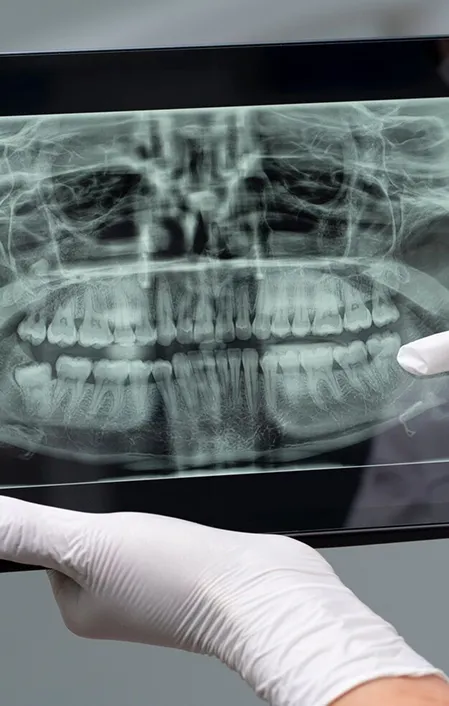
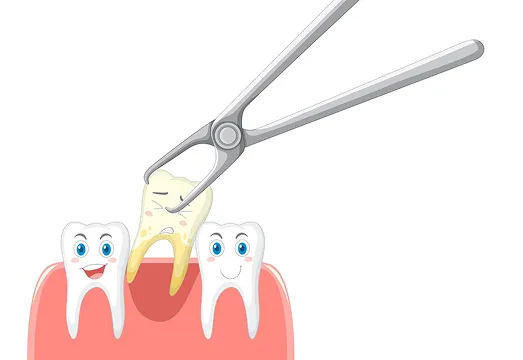
What happens during a tooth removal?
- Examination and Diagnosis – Your tooth is inspected, tested and a diagnosis is confirmed with dental x-rays and tooth vitality testing. The method of removal is determined during this stage.
- Anaesthesia – Your tooth and surrounding gum is numbed up with anaesthetic to ensure the tooth removal is as comfortable as possible. For more complex procedures or anxious patients, occasionally dental sedation (sleep dentistry) or a general anaesthesia may be offered.
- Tooth Removal time! – Once you are numb and as relaxed as you can be, your tooth is then extracted (either normally or surgically).
- Post-operative procedures – Some cases may need placement of stitches (sutures) and other haemostatic agents (stop bleeding). Post-operative instructions on how to manage the area are given.
- Care calls – We always try to follow up our patients after a tooth is removed as it gives us a general idea on how it is healing up!
What are the alternative treatments for tooth removals?
The two main alternatives for an extraction are:
- No treatment (with possible worsening of symptoms)
- Root Canal Treatment (note: not all teeth can be saved!).
What are the possible complications for a tooth extraction?
There are various possible complications that can occur despite all efforts to the contrary as a result of the tooth extractions which include but are not limited to:
- Allergic reaction to medications or anaesthetics used
- Post-operative infection or inflammation
- Swelling, bruising and pain
- Bleeding requiring more treatment
- Stiffness of the nearby muscles
- Damage to the nerves during tooth removal resulting in temporary or permanent, partial or complete numbness or tingling or altered sensations to the lip, chin, tongue, teeth and sometimes taste.
- Damage to sinuses requiring additional treatment or surgical repair at a later date
- Fracture or dislocation of the jaw
- Root tips may fracture and be left in place or could be displaced into the sinuses or spaces nearby
- Dry sockets, aspiration and/or swallowing of foreign objects
- Damage to adjacent teeth and/or restorations
Our caring team will make the process as relaxed as possible. Call us now to book that appointment!
Common Dental Problems
Frequently Asked Questions

How much does a tooth removal cost?
The average tooth extraction price can range anywhere between $150 – $600 per tooth. This is highly dependant on the the complexity of the removal.
What to eat after a tooth extraction?
We recommend sticking to soft foods for a few days after a tooth has been removed. Eating on the other side can be beneficial
How long does a tooth extraction take to heal?
A tooth extraction generally takes a few weeks to heal, although full bony healing can take up to 3-4 months. During this period, we recommend you to take extra care of the extraction area.
Does having a tooth removed hurt?
Having a tooth removed can be uncomfortable because you can feel pressure, movement and hear the noises but it should not hurt during the procedure. We will always check and use adequate anesthesia to ensure there is no pain during the procedure.
When can I eat solid food after a tooth extraction?
We recommend gradually re-starting solid foods a few days after the your tooth removal, depending on the complexity of the removal.

